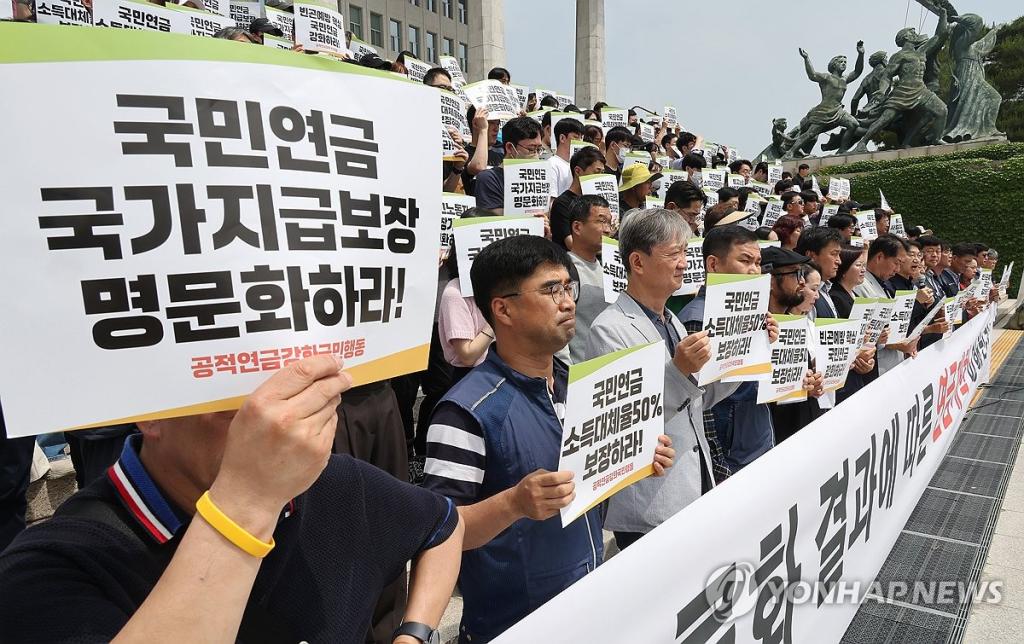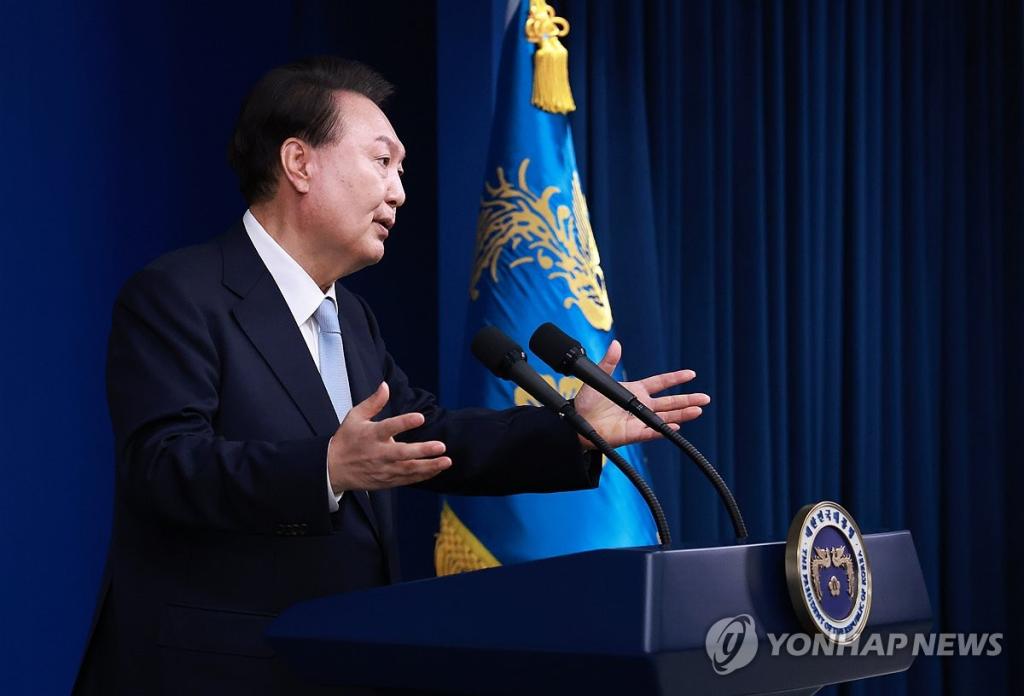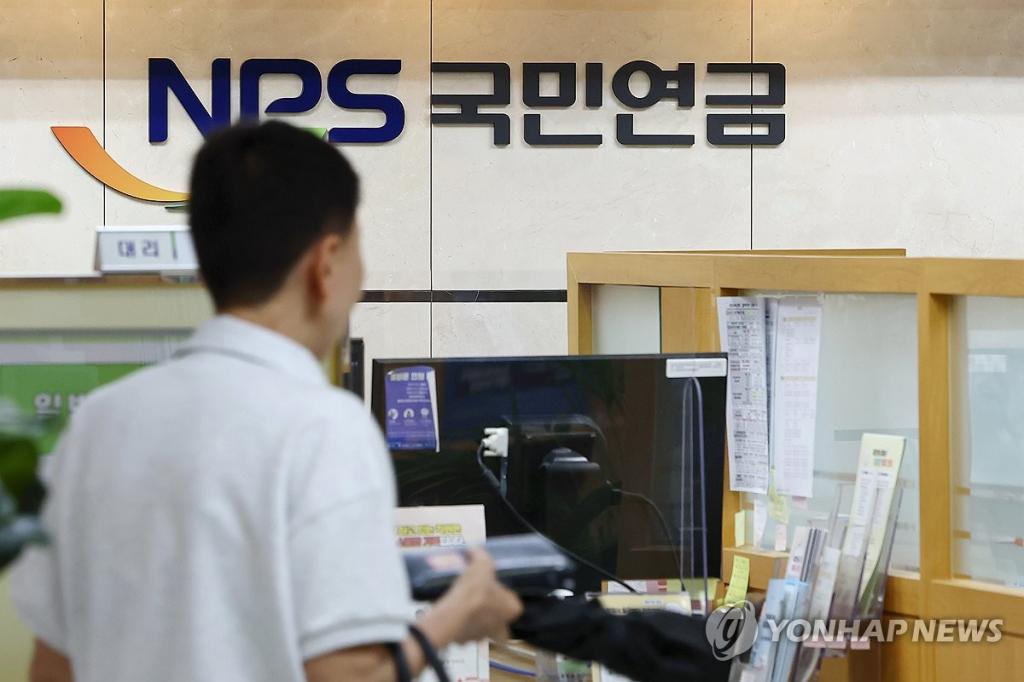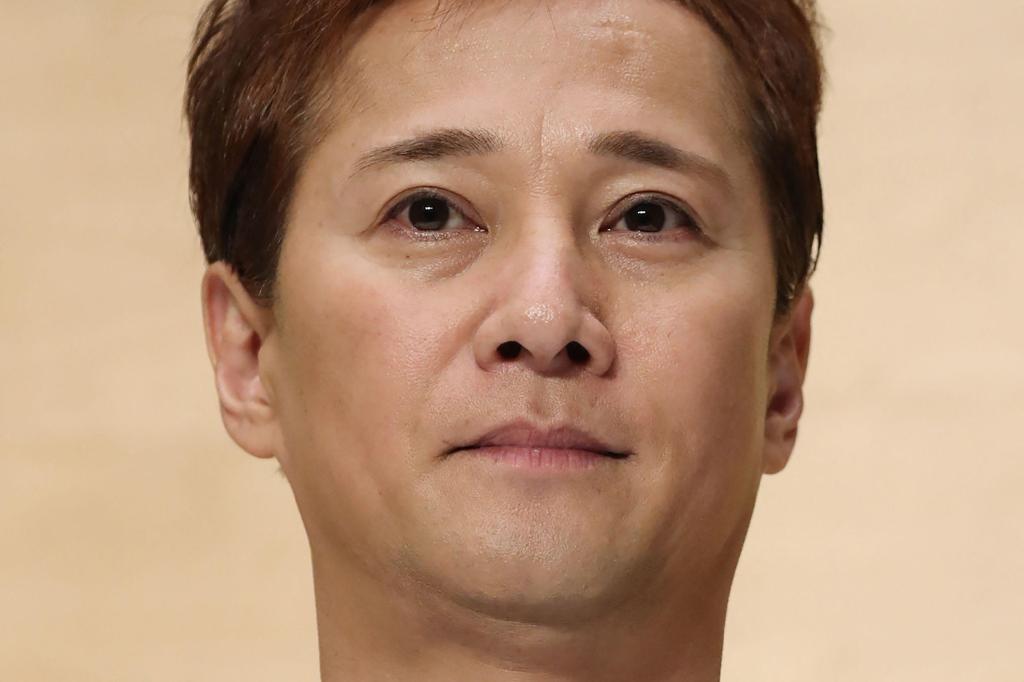South Korea's Bold Pension Reform for Generational Equity
Explore how South Korea's pension reform aims to achieve generational equity, ensuring a secure financial future for both the youth and the elderly.

Key Points
- South Korea’s pension reform seeks to ensure generational equity, addressing concerns of both the elderly and the youth about future financial security.
- The introduction of an automatic stabilization mechanism will adjust pension benefits based on demographic changes, promoting sustainability.
- Clear legal guarantees for pension payments aim to restore trust among younger contributors, making the system more appealing for future generations.
As South Korea grapples with an unprecedented demographic crisis, the urgency for pension reform has reached a critical point. With one of the world’s lowest birth rates and an increasingly aging population, President Yoon Suk Yeol has underscored the need for an equitable and sustainable national pension system. This necessity is not merely bureaucratic; it addresses the core concerns of both the elderly, who rely on these funds, and the younger generations, who are skeptical about their futures under the current system.
The State of Korea’s Pension Fund
South Korea’s national pension fund is an impressive entity, recognized as the third-largest globally, with over 1,113.5 trillion won (approximately $834 billion) in assets. However, it faces severe challenges, primarily projected to be depleted by 2055. The alarming forecast stems from a demographic shift where payments will begin to outstrip contributions as early as 2041. To proactively address this looming crisis, reforms must focus on long-term sustainability and generational equity.

The Call for Reform
Yoon's recent policy announcements reflect a strategic pivot towards a fairer pension system. One critical aspect of the proposed reforms is the introduction of an "automatic stabilization mechanism". Similar to successful models used in countries like Sweden and Japan, this mechanism would adjust premiums and pension amounts based on key socioeconomic indicators such as birth rates and life expectancy. This dynamic adjustment aims to enhance the system’s resilience against future shocks.
Moreover, a commitment has been made to clarify the government's obligation to guarantee pension payments through legal amendments. This move is designed to instill confidence in the youth, who often feel uncertain about their future pension prospects. By doing so, the administration hopes to combat the perception that the system primarily benefits older generations while disadvantaging younger contributors.

Bridging the Generational Divide
The generational disparity regarding pension contributions and benefits is stark. As highlighted in recent surveys, a significant proportion of South Koreans in their twenties and thirties express doubts about the adequacy of the pension system when they reach retirement age. To address this concern, reforms need to foster an environment of intergenerational fairness. By ensuring that young workers see real benefits from their contributions, the government hopes to restore faith in the system.
President Yoon has articulated a vision that prioritizes the younger generation—those who contribute the longest to the system but receive benefits at the latest stage. This focus is essential for achieving the broader social contract where every generation feels valued and secure in their retirement plans.

Looking Ahead
As discussions around pension reform gather momentum, it is important that these conversations are inclusive, involving stakeholders from all sections of society. A collaborative approach will ensure that proposed changes reflect the diverse needs of the population. This type of engagement can help counteract the skepticism that has plagued the national pension system in recent years.
With a comprehensive reform strategy in place, supported by legislative backing, South Korea stands at a pivotal crossroads. The potential to create a robust, sustainable, and fair pension system exists. By embracing these reforms, the government not only safeguards the financial futures of its citizens but also fosters a healthier, more cohesive society.
In summary, South Korea's pension reform is not just about adjusting numbers—it represents a commitment to building trust and ensuring security for all generations. With careful planning and robust dialogue, this initiative could transform the national pension landscape into one that supports both the youth and the elderly equally.


